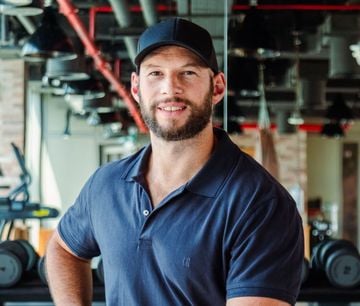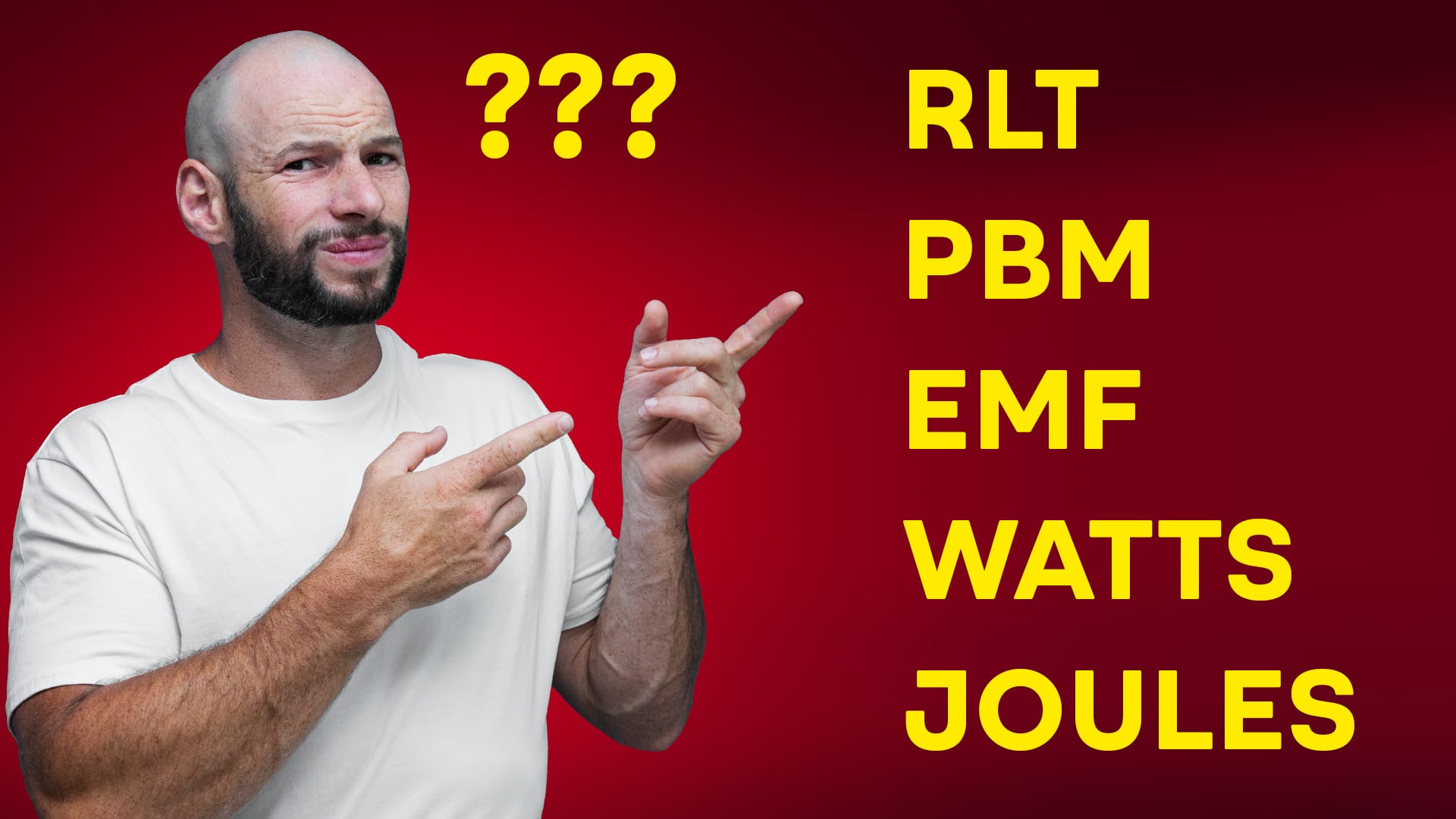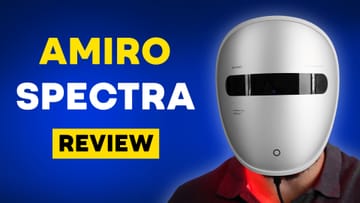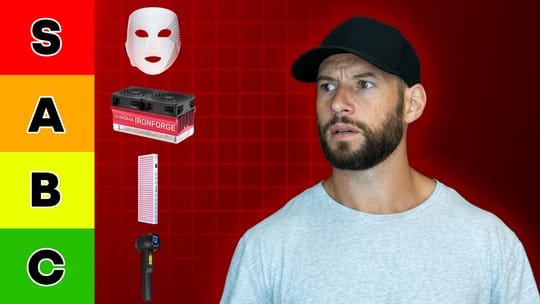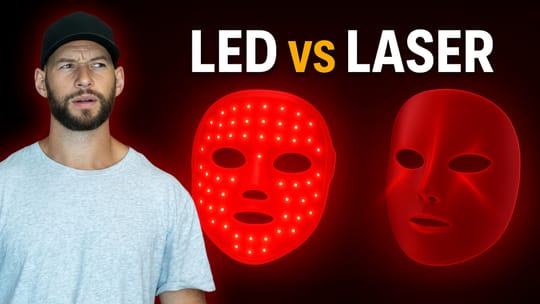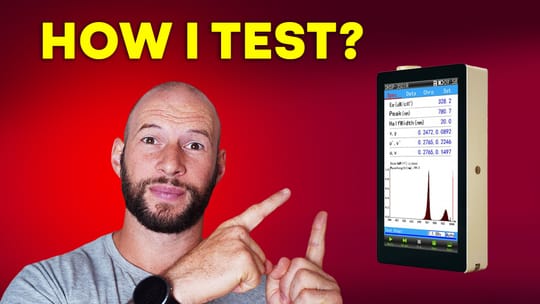When it comes to red light therapy, numerous technical terms are used. So in this article, I’ll walk you through the key concepts you should understand before buying—or even using—a red light therapy product. Let’s start with the basics.
What Is Red Light Therapy?
Red light therapy, often abbreviated as RLT, is also known by several other names, including photobiomodulation (PBM) and low-level laser therapy (LLLT).
Historically, scientists have used “low-level laser therapy,” also known by similar names such as “cold laser therapy ” or simply “laser therapy.” Eventually, researchers agreed that all these overlapping terms should be unified under one name: photobiomodulation. That’s now the most common term used in scientific literature.
If you’re searching research databases like PubMed, use “photobiomodulation” for the best results.
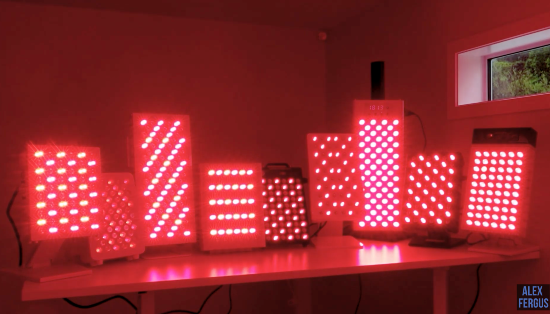
In everyday language, however, most people—including myself—use the term red light therapy. To sum it up:
Red light therapy = Photobiomodulation = Low-Level Laser Therapy.
At its core, red light therapy involves using red or near-infrared light to produce positive effects in the body. These benefits can include faster wound healing, improved recovery, enhanced performance, and increased blood flow, among others. The science is broad and continues to expand.
What Are Watts?
You’ve likely seen the word “watts” used for all sorts of devices—light bulbs, heaters, or even cars. Watts (W) are a unit of power, measuring the amount of energy used or delivered per second.
One watt equals one joule per second.
In red light therapy, watts can describe two different things:
- Input Power – how much energy the device draws from the wall or battery.
For example, if a red light panel is labeled as “1000 watts,” that means—on paper—it uses 1000 watts of power. You can verify this with a wattage meter (like the Kill-A-Watt). However, in practice, the real usage is often lower than what’s advertised. - Output Power – the amount of light energy actually emitted for therapy.
This is what really matters—the therapeutic light output. Some of the energy the panel uses powers fans or control panels, while the rest is converted into heat. Only part of it is emitted as usable red or near-infrared light.
So remember:
A “1000-watt panel” doesn’t mean it emits 1000 watts of therapeutic red light.
When I test panels, I calculate the effectual light output at a given distance to show how much real therapeutic power is being delivered.
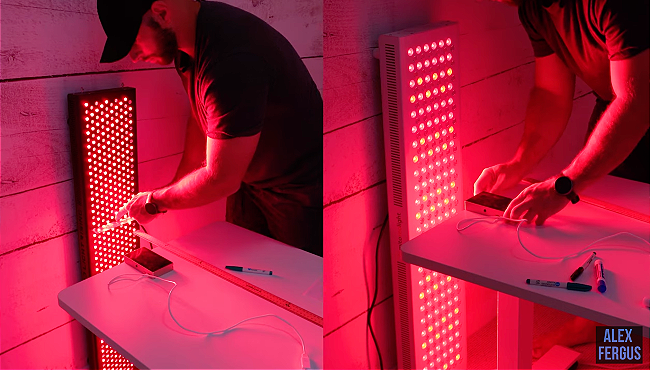
What Are Joules?
Joules (J) are a unit of energy. You’ll see the term used everywhere—from measuring calories in food to calculating energy in light.
In red light therapy, joules help us understand how much total light energy is delivered to an area during a treatment session.
Joules per square centimeter (J/cm²) measure the total energy delivered over time.
They’re calculated by multiplying irradiance (mW/cm²) by time (seconds).
For example, if a device emits 1,000 mW/cm², that equals 1 Watt/cm², which delivers 1 Joule/cm² per second.
So:
- Watts = energy per second (power)
- Joules = total energy delivered over time
When you see a treatment protocol recommending, for instance, 10 J/cm² for five minutes, that means the device should deliver 10 joules of light energy per square centimeter across that treatment window.
It may sound technical at first, but understanding this concept helps you interpret real treatment dosages more accurately, rather than relying solely on marketing numbers.
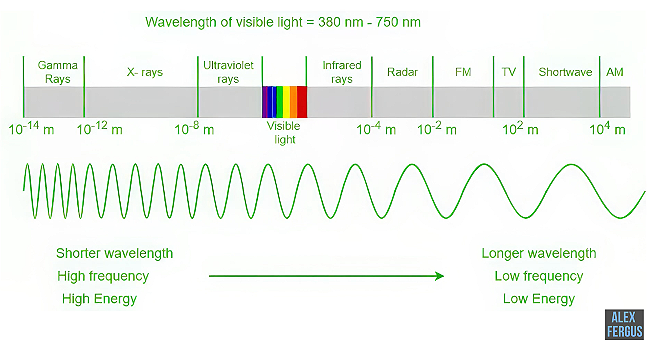
What Are Photons and Irradiance?
A photon is the smallest particle of light—the fundamental unit that makes up visible and infrared light. When people say “photons are penetrating the tissue,” they simply mean light is entering your body and interacting with your cells.
The other key concept here is irradiance, also known as power density.
It’s measured in milliwatts per square centimeter (mW/cm²) or watts per square centimeter (W/cm²), representing the amount of light energy that hits a specific area of skin per second.
When I review devices, I use a spectrometer (a type of light meter) to measure this irradiance. You can see these numbers in my reviews or in the Light Therapy Insiders Shopping Tool, where you can sort panels by their power output.
For example, the BIOMAX 900 has an irradiance of about 90 mW/cm². That means each square centimeter of skin receives 90 milliwatts of light energy per second.
If you want a strong device with deeper light penetration, look for a high irradiance value.
The higher the irradiance, the more powerful and efficient the device.
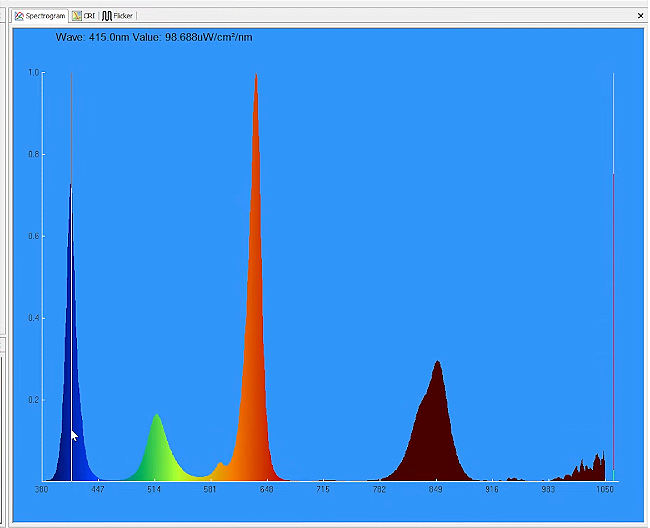
What Are Wavelengths?
Every color of light corresponds to a wavelength, measured in nanometers (nm)—the distance between the peaks of each light wave.
For example:
- Blue light: around 450nm
- Red light: around 660nm
- Near-infrared light: 800–1000nm
Once wavelengths exceed 700 nm, the light becomes invisible to the human eye, but it remains highly active biologically.
Research has shown that wavelengths such as 660nm (red) and 850nm (near-infrared) are particularly effective for therapeutic purposes.
If you’re looking for a specific benefit or target area, check the wavelengths listed on the product. For example, if studies show that 810nm is ideal for your goal, find a panel emitting that wavelength.
The Light Therapy Insiders Shopping Tool makes this easy by letting you filter products by wavelength.
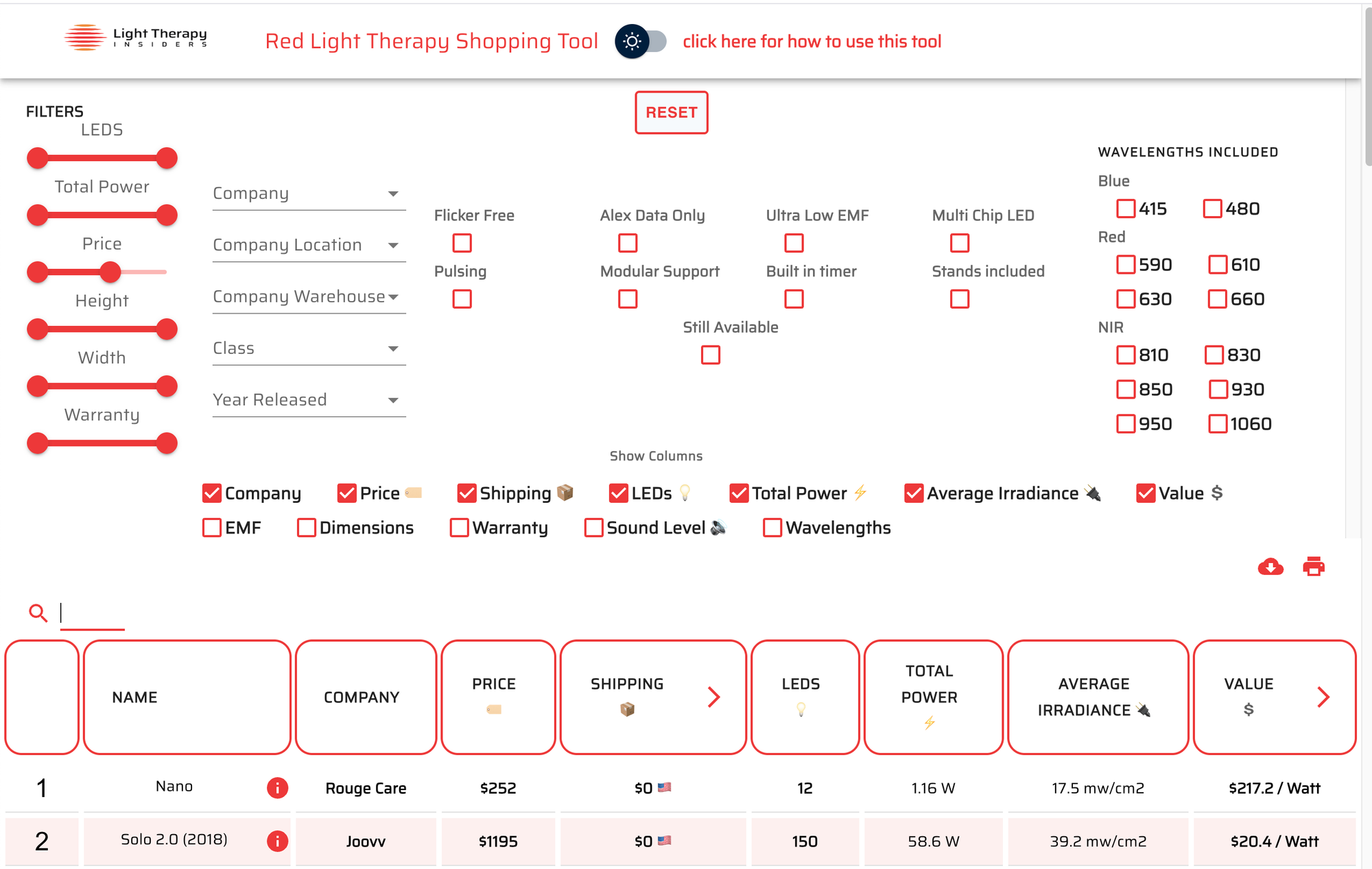
What Is Flicker or Pulsing?
Flicker, sometimes referred to as pulsing, refers to light that rapidly turns on and off at a specific frequency.
Some research suggests that pulsed light may have unique effects on the body—potentially enhancing specific cellular responses. High-quality panels may offer adjustable pulsing settings for this reason.
However, cheaper devices can produce unwanted flicker simply because of poor circuitry. You’ve probably noticed this with inexpensive LED bulbs that visibly flicker. That type of flicker isn’t beneficial and can cause eye strain or headaches for sensitive users.
So:
Controlled pulsing can be beneficial; unintentional flicker is not.
What Is EMF?
EMF stands for electromagnetic field.
Technically, light itself is part of the electromagnetic spectrum, so all light is a form of EMF. But in red light therapy, when we talk about EMF, we’re usually referring to non-native EMF—the stray electric and magnetic fields created by the device’s electronics.
Most people don’t feel any effects, but some individuals are sensitive to high EMF exposure. That’s why I always measure EMF output in my reviews. High-quality devices are well-shielded and produce minimal EMF, whereas cheap or poorly designed ones can emit significantly higher levels.
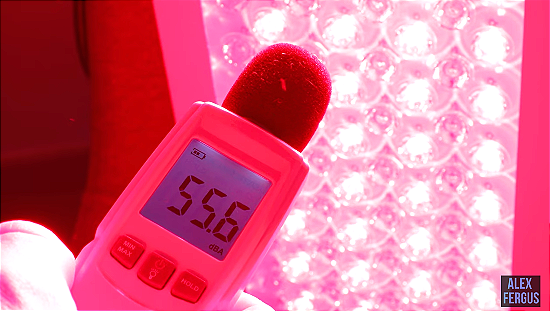
What Are Panels?
In this context, a panel refers to a large, rectangular array of LEDs built into a single unit.
Red light therapy panels are a game-changer for home users—they can treat large portions of the body quickly and efficiently. For roughly a thousand dollars or so, you can get hundreds of LEDs that cover a substantial treatment area in just a few minutes.
There are also smaller formats, such as tabletop panels, handheld torches, and even full-body beds. But for most users, panels strike the best balance between power, coverage, and cost.
What Are Chips?
Inside every LED bulb is a chip—the component that actually emits the light.
Initially, LEDs contained a single chip per bulb. Over time, manufacturers began adding dual, triple, or even quad chips, meaning each LED lens now houses multiple light-emitting elements.
This allows companies to combine multiple wavelengths in one bulb—say, 660nm, 850nm, and 810nm—so you get a blend of red and near-infrared light from a single diode.
The tradeoff is that when multiple chips share the same power supply, total power per chip decreases slightly. Single-chip LEDs tend to deliver higher intensity per wavelength.
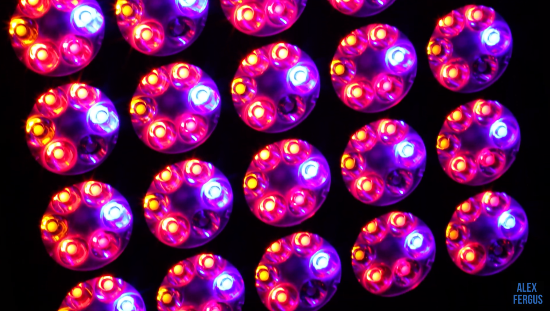
What Is Beam Angle?
Beam angle refers to the extent to which light spreads from each LED. You might see specs like 30°, 60°, or 90°.
In theory, a narrow beam angle concentrates the light for greater penetration, while a wide beam spreads it out more evenly.
However, in my testing, I’ve found that the numbers listed on packaging often don’t match real-world performance. As a result, beam angle has become less of a focus in recent years—it’s no longer a reliable marketing metric.
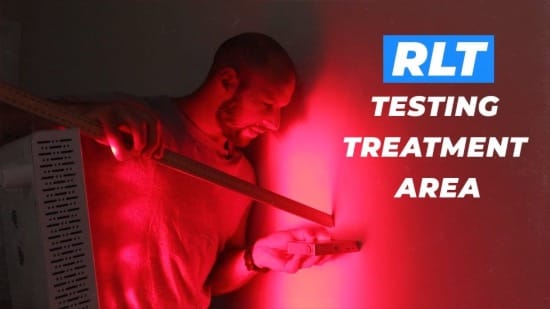
What Is Near-Infrared Light?
Near-infrared (NIR) light is a form of invisible light that sits just beyond the visible red spectrum. It’s one of three types of infrared light: near-infrared, mid-infrared, and far-infrared.
When you hear about infrared saunas, they primarily use far-infrared wavelengths. Far-infrared is excellent for creating heat—it warms the skin and air around you—but it doesn’t penetrate deeply into the body.
Near-infrared, on the other hand, is what’s used in photobiomodulation and red light therapy. These wavelengths deliver energy directly to the cells, triggering beneficial biological responses without producing significant surface heat.
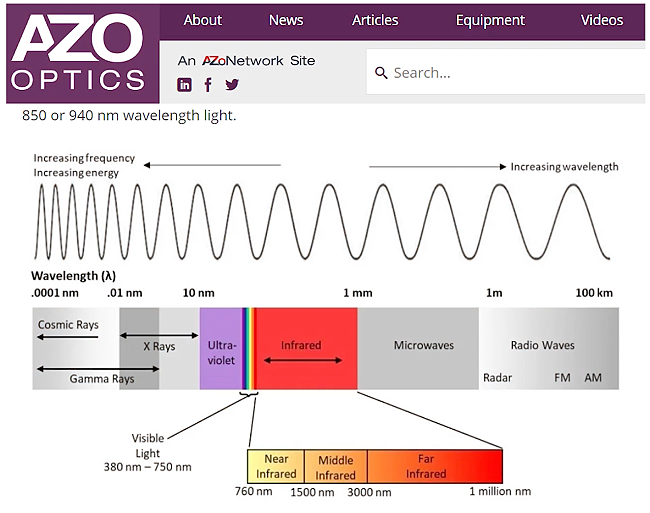
Common near-infrared wavelengths include 808 nm, 810 nm, 830 nm, 850 nm, and even 1060 nm. While these wavelengths are invisible to the human eye, they’re still being emitted by the device—so your panel could be producing a lot of powerful NIR light even if you can’t see it glowing.
What makes near-infrared special is how deeply it penetrates. NIR light travels farther into tissue than visible red light, reaching muscles, joints, nerves, and even bone. That’s why it’s often used for pain relief, muscle recovery, inflammation reduction, and deep-tissue healing.
In short:
Far-infrared = heat (used in saunas)
Near-infrared = cellular therapy (used in red light therapy devices)
Both have benefits—but for stimulating mitochondrial activity and true photobiomodulation, near-infrared is the key.
What Is Dimming?
Dimming, also known as intensity control, allows you to adjust the brightness or power output of your device.
You may want to reduce the intensity when treating sensitive areas, such as the face, during longer sessions, or when you want to balance red and near-infrared light differently.
Having dimming controls provides flexibility in how you apply your treatment, allowing you to tailor the experience to achieve comfort and the desired dosage.
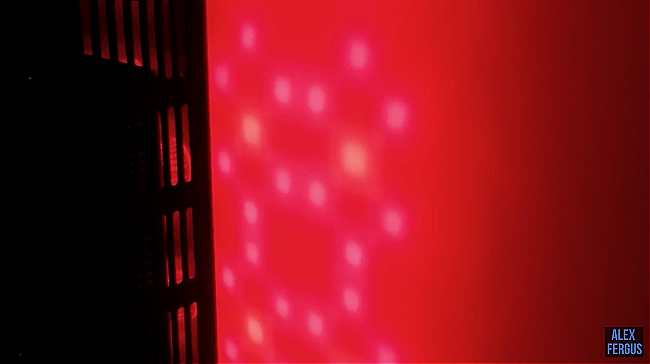
Wrapping Up
Understanding the language of red light therapy—terms such as watts, joules, irradiance, wavelengths, photons, and EMF—is essential if you want to use your device effectively and accurately interpret its specifications.
Once you understand these basics, reading research studies and comparing products becomes straightforward. You’ll understand what the numbers mean, how to interpret power ratings, and how to select a product that meets your specific needs.
Start Here 👇
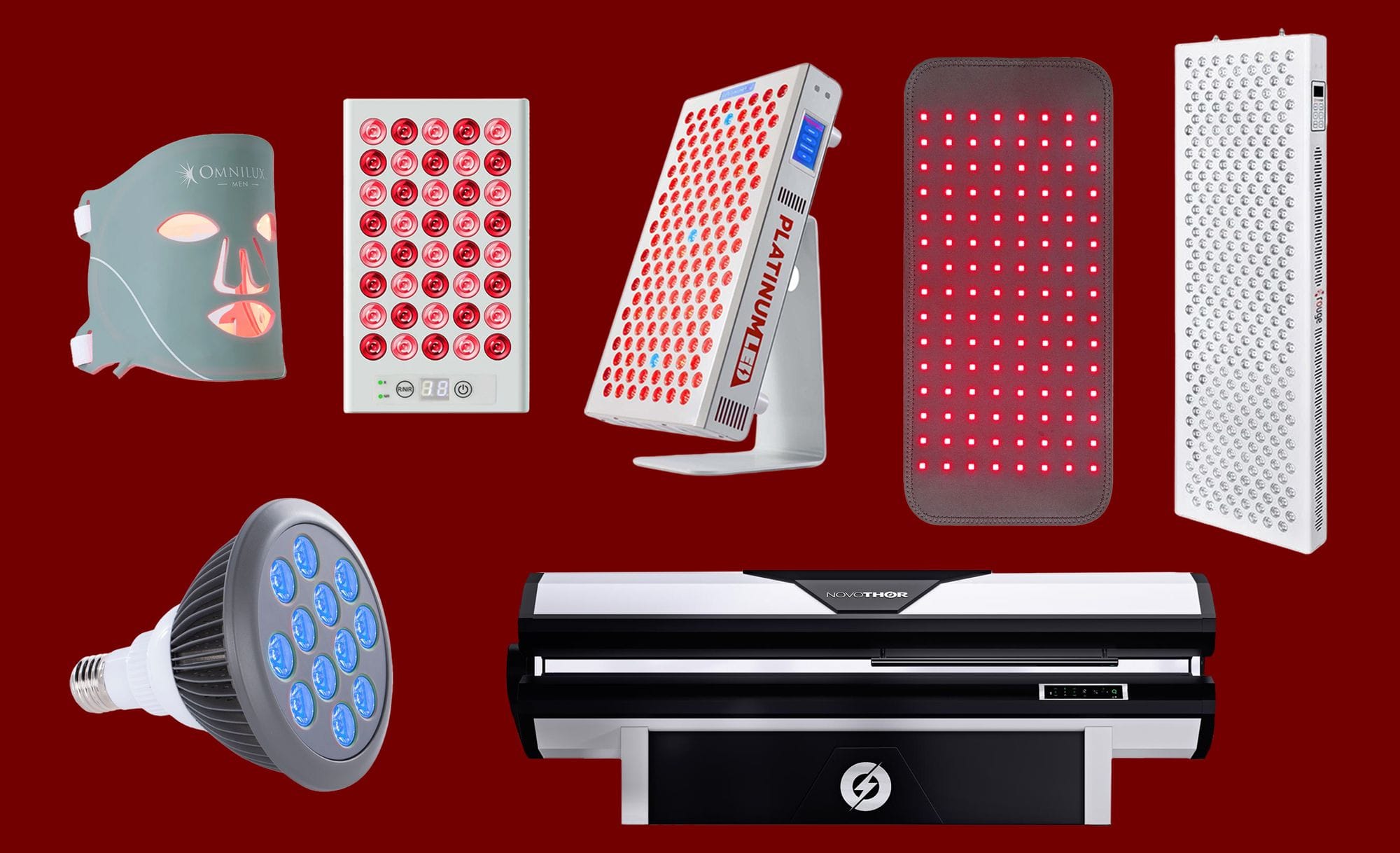
Alex's Bio
Alex Fergus wrote this blog post. Alex is an ISSN Sports Nutrition Specialist, Fitness Professional, and certified Superhuman Coach who continues to expand his knowledge base and help people worldwide with their health and wellness. Alex is recognized as the National Record Holder in Powerlifting and Indoor Rowing and has earned the title of the Australian National Natural Bodybuilding Champion. Having worked as a health coach and personal trainer for over a decade, Alex now researches all things health and wellness and shares his findings on this blog.
